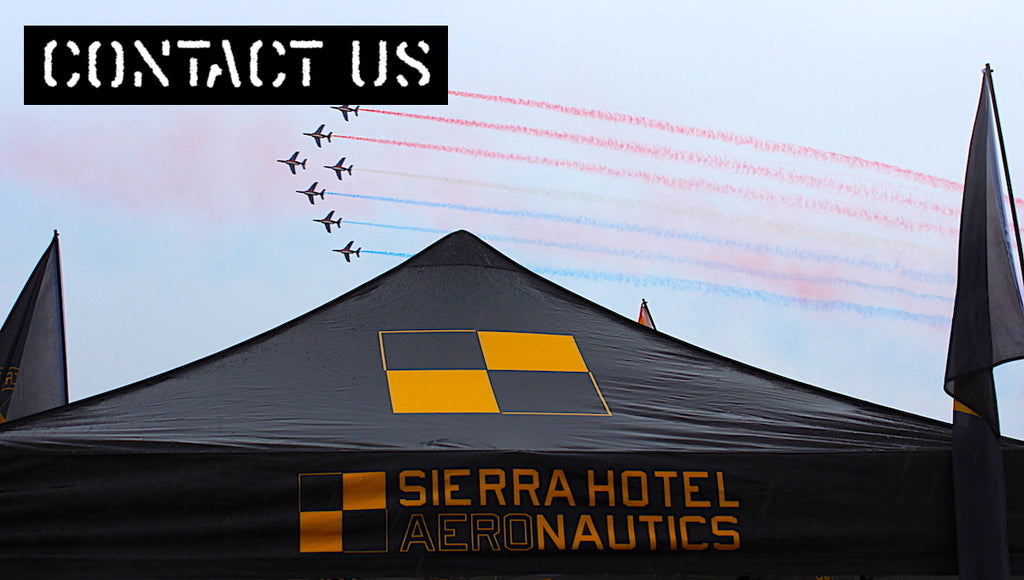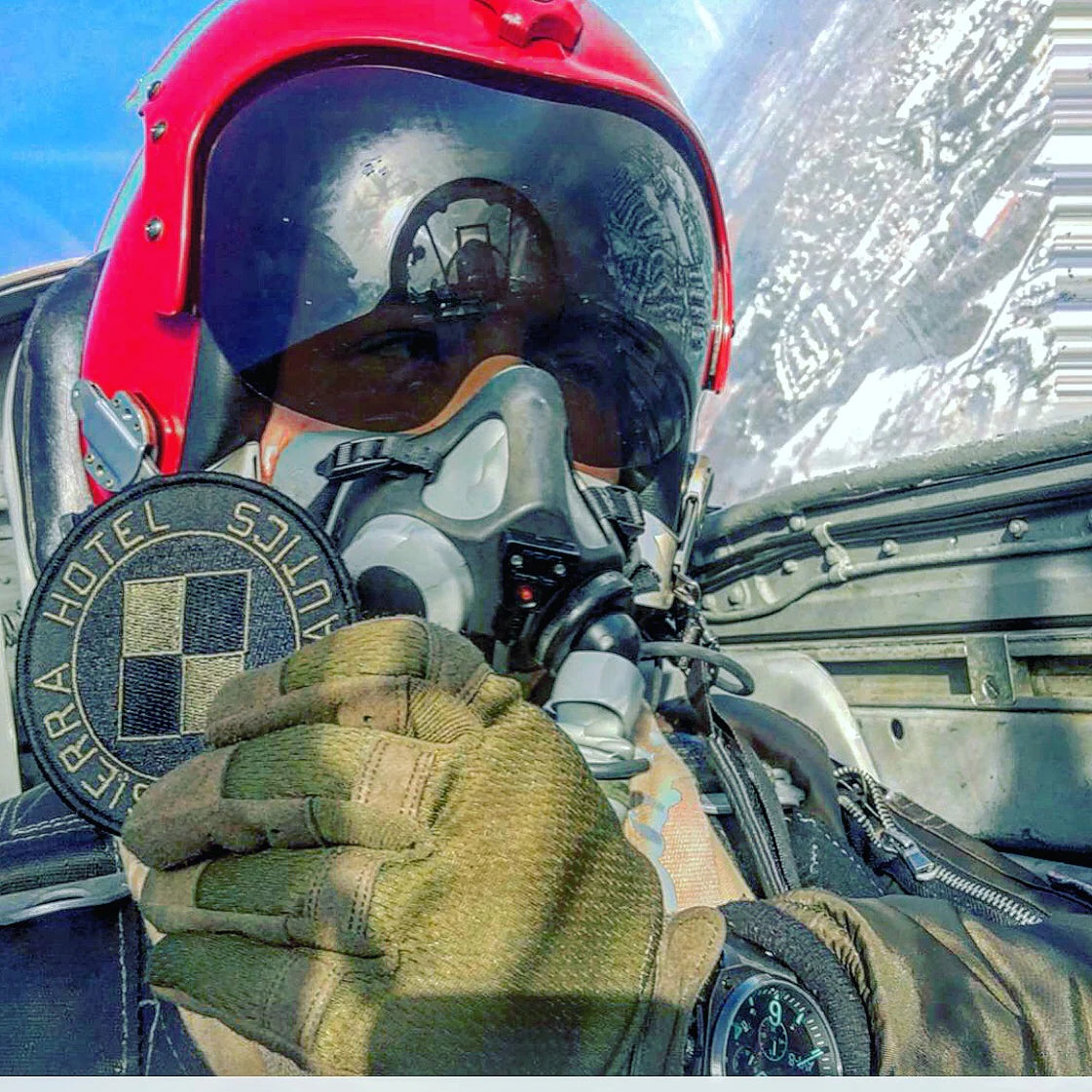The Man That Tried To Save Challenger

This letter is written to insure that management is fully aware of the seriousness of the current O-ring erosion problem in the SRM joints from an engineering standpoint. . . . If the same scenario should occur in a field joint (and it could), then it is a jump ball as to the success or failure of the joint because the secondary O-ring cannot respond to the clevis opening rate and may not be capable of pressurization. The result would be a catastrophe of the highest order - loss of human life. . . .
It is my honest and very real fear that if we do not take immediate action to dedicate a team to solve the problem with the field joint having the number one priority, then we stand in jeopardy of losing a flight along with all the launch pad facilities.
— Roger Boisjoly, Morton Thiokol, Inc.
Interoffice memo to R. K. Lund, Vice President, Engineering titled SRM O-Ring Erosion/Potential Failure Criticality, sent six months before the Challenger launch, 31 July 1985.
Roger Mark Boisjoly (April 25, 1938 – January 6, 2012) was an American mechanical engineer, fluid dynamicist and aerodynamicist who worked for Morton Thiokol, the manufacturer of the solid rocket boosters for the Space Shuttle program.
Following the announcement that the Challenger mission was confirmed for January 28, 1986, Boisjoly and his colleagues tried to stop the flight. Temperatures were due to be down to −1 °C overnight. Boisjoly felt this would severely compromise the safety of the O-ring, and potentially lose the flight.

The matter was discussed with Morton Thiokol's managers, who agreed that the issue was serious enough to recommend delaying the flight. They arranged a telephone conference with NASA management and gave their findings. However, after a while, the Morton Thiokol managers asked for a few minutes off the phone to discuss their final position again.
Despite the efforts of Boisjoly and others in this off-line briefing, the Morton Thiokol managers decided to advise NASA that their data was inconclusive. NASA asked if there were objections. Hearing none, the decision to fly the ill-fated STS-51L Challenger mission was made.
Boisjoly's concerns proved correct. In the first moments after ignition, the O-rings failed completely and were burned away, resulting in the black puff of smoke visible on films of the launch. This left only a layer of aluminum oxide (a combustion product) to seal the joint. At 59 seconds after launch, buffeted by high-altitude winds, the oxide gave way. Hot gases streamed out of the joint in a visible torch-like plume that burned into the external hydrogen tank. At about 73 seconds, the adjacent SRB strut gave way and the vehicle quickly disintegrated.

Boisjoly was quite relieved when the flight lifted off, as his investigations had predicted that the SRB would explode during the initial take-off. Seventy-three seconds after Challenger cleared the tower, he witnessed the orbiter disintegrate live on television, along with the rest of the world.

After the Shuttle disaster, Boisjoly was painfully rewarded for his foresight and for playing the part of a whistle-blower by releasing his reports publicly. Thiokol cut him off from space work, and he was shunned by colleagues and managers. A former friend warned him, "If you wreck this company, I’m going to put my kids on your doorstep," Boisjoly told The Los Angeles Times in 1987.
He had headaches, double-vision and depression, he said. He yelled at his dog and his daughters and skipped church to avoid people. He filed two suits against Thiokol; both were dismissed.
He later said he was sustained by a single gesture of support. Sally Ride, the first American woman in space, hugged him after his appearance before the commission.
"She was the only one," he said in a whisper to a Newsday reporter in 1988.
"The only one."












This is what happens when spacecraft are built using the low bid system.
Leave a comment